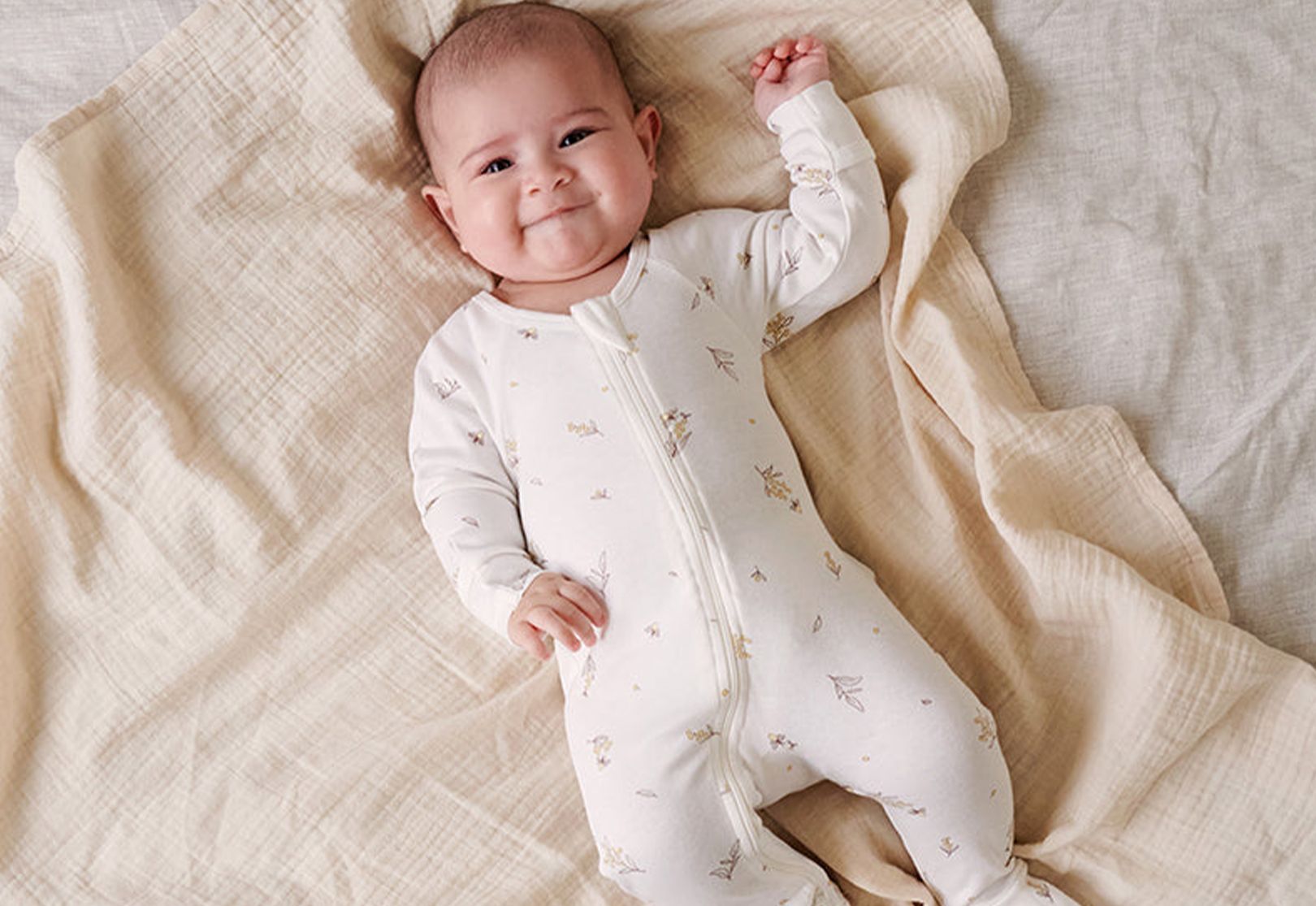
Newborn Baby Clothing Checklist
10 min read | 1 September 2023
5 min read | 15 June 2021

It’s important to remember that for the first 12 months of a baby’s life, crying is the one form of communication that your baby will use to help you understand what they need. Whether you are a first time parent or a seasoned professional, learning the difference between your baby’s cries can be a demanding process.
As you get to know your beautiful new baby, you will begin to notice the difference in their cry. The three main reasons babies cry are hunger, tiredness and pain. If you are able to recognise the cues and signs for each of these, it will make it easier to determine why your baby is crying.
By identifying your baby's hunger cues before they become unsettled and begin to cry, you will be able to establish a more effective feed, with a better latch and it will help to prevent nipple damage in the early days.
Opening their mouth wide
Turning their head to the side
Searching for the breast
Making sucking noises
Putting their hands in their mouth
Be on the lookout for these cues every 1-2 hours in newborns and every 3-4 hours as they get older!
If these cues are missed, your baby will often begin to cry as their way of telling you that they are hungry. Making sure your baby is calm before establishing a feed will help with better attachment and an overall more effective feed. Helping to calm your baby can be achieved by cuddling skin to skin on the breast, speaking in a soft soothing tone, rocking/patting them, and distracting them. Once your baby has calmed down it should be a lot easier to start feeding them.
Recognising when your little one babe is tired can be the difference between a peaceful sleeping baby and an overtired, fussy, and distressed baby…and parent.
Yawning
Fussiness
Jerking/fidgeting
Staring off into the distance
Rubbing eyes
If you miss these cues, often your baby will begin to cry and will be hard to settle as they become overtired. It’s important that babies who are tired or nearing sleep time receive minimal stimulation to help them to wind down and relax. If you are having a hard time settling your baby, things such as swaddling, white noise, rocking/patting, walking, skin to skin, and using a baby carrier to keep them close can all help to calm them down and ease them into sleep.
For parents, the pain cry can be the easiest cry to recognise. The cry of pain is often loud, high–pitched, and tense. While it may be easier to determine the cry of pain from the others, finding the source of pain is not always easy. The source of pain in babies is often wind and teething. Burping your baby during and after each feed, massaging their tummy, moving their legs, and giving them a warm bath can help to ease the pain that comes with any wind.
Pain from teething can be eased with frozen breast milk in a food net dummy/pacifier, teething rings, teething food sticks (rusks), massaging the gums and regular skin to skin, and feeding for comfort. It’s important to remember that not all babies that are in pain will cry. Babies who are unwell will often be lethargic. If you are concerned by your baby’s behaviour, lethargic or distressed, make sure to seek advice from a medical professional.
Helpful hint: Regularly check your babies’ fingers and toes for hairs tightly wrapped around them as this can cause a lot of pain and discomfort and is something we often don’t think to check.
Remaining calm (this isn’t always easy and may require you to take 1-2 minutes to yourself to calm down before attending to your babies need, this is perfectly okay)
Using a soothing tone of voice
Cuddling and stroking your babies face
Keeping baby close to your heart
Skin to skin
Rocking baby from side to side in your arms
Swaying/ walking with baby in your arms or in a baby carrier
Singing in a soothing tone
Patting them softly
Changing positions, try baby on their tummy, over your knees, gently stretch out their tummy by popping them over your shoulder or lay baby across your chest
Remember, it’s normal for babies to just cry sometimes. It can be overwhelming and exhausting but you are your babies’ comfort and just by being there you are doing enough. As you learn your baby’s cries and their cues, your attachment and bond will grow as you get to know each other, understanding and interpreting your baby’s needs will become easier. You will get through it!
Sign up to Pure Love Rewards and get $10 off your first online order, earn points every time you shop and more!